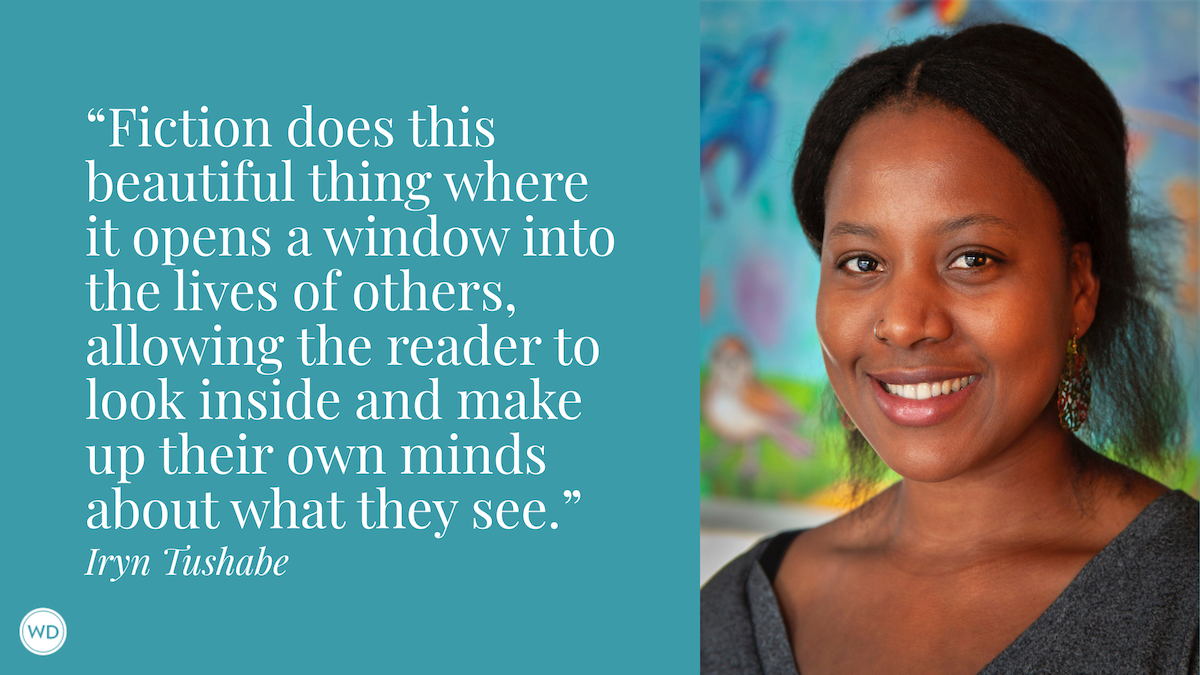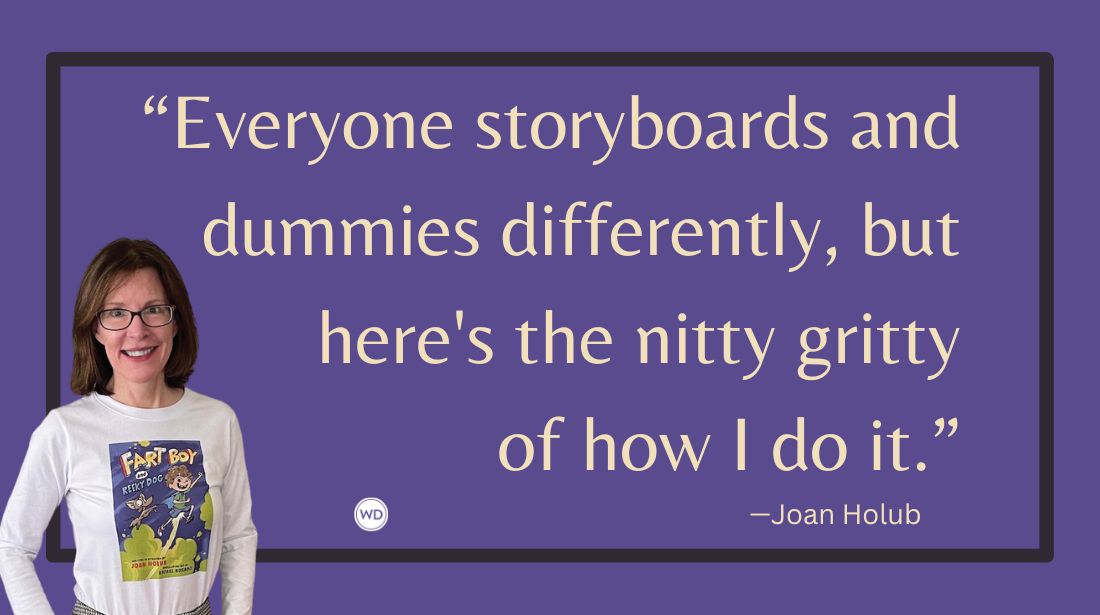4 Ways To Add Spice but Not Smut in Fiction
Author Ciera Horton McElroy shares the magic word she needed to hear to help unlock writing spicy scenes and shares four ways to add spice but not smut in fiction.
“Christians write the best sex scenes.”
I was shocked when my undergraduate professor said this. Seriously? How? I wasn’t the only one surprised. The other writers in the senior class at our Christian college snickered and exchanged glances.
“No, really,” she insisted, taking in our unconvinced faces. “Because Christians understand one important thing when it comes to writing about sex. Restraint.”
She went on to explain that writing about sex is also not writing about sex. Meaning, we need to write about the ache, the desire, the struggle to control one’s impulses.
I remembered this piece of advice many years later. Because when it came time to add some scenes to my novel Atomic Family that were a little … well, spicy … restraint was the magic word.
Writing about sex can be challenging for so many reasons. How much do we need to describe? How technical do we need to be? How do we forget, while writing, that our parents and friends will likely read this?
You get the picture.
What I’ve discovered in my writing is that there’s an important distinction between spice and smut—and that spice is often more interesting and character-driven for fiction than the latter.
1. Know the difference between spice and smut.
In fiction writing, smut means sexually explicit or even pornographic material. Think Fifty Shades of Grey. Erotic novels are their own genre with their own devoted reader—but as with anything, they’re not for everyone.
What I’ve discovered as a historical fiction author is that you can have spice in a scene that doesn’t even have physical contact. All you need is desire. If we know a character’s desire and attraction, then we can feel the longing and passion along with them—and all of that can be fully, emotionally, and even physically realized without having content that is overtly graphic and descriptive.
Think about how much was accomplished in the Keira Knightley version of Pride and Prejudice when Elizabeth and Mr. Darcy accidentally touch hands. Hot. If the setting is clear and the tension is established, the smallest moments can be imbued with burning desire.
2. Use syntax to show passion.
By varying your sentence structure, you can accomplish a lot in terms of showing desire. Ian McEwan is a master of using literary devices to show sexual desire and intimacy. Take his landmark novel Atonement. We’re going to look at the library scene. (Yep, that scene.)
“He tilted her face up, and trapping her against his ribs, kissed her eyes and parted her lips with his tongue … At last they were strangers, their pasts were forgotten. They were also strangers to themselves who had forgotten who or where they were. The library door was thick and none of the ordinary sounds that might have reminded them, might have held them back, could reach them. They were beyond the present, outside time, with no memories and no future. There was nothing but obliterating sensation, thrilling and swelling, and the sound of fabric on fabric and skin on fabric as their limbs slid across each other in this restless, sensuous wrestling.”
There’s such lyrical beauty in this paragraph. Notice the short phrases, the breathiness to the prose. As their passion is heating up, the sentences become both longer and choppier. The syntax itself shows not only desire but escalation. This is a great tool to have in your back pocket when it comes to writing scenes with sexual tension.
3. Create an out-of-body experience.
This may sound counter-intuitive, but sometimes distancing a character from his or her body has a heightening effect when writing about sex. Lauren Groff often includes innovative sex scenes in her work—innovative in that they are distinctly character-driven. Usually, the scenes are meant to show what’s happening internally in a character’s psyche, as well as what’s obviously happening with the body. Take this scene from Groff’s early novel Arcadia.
“She pressed down again, her body against his chest, and at last her mouth found his. He imagined the quiet street outside shining in the lights, the millions of souls warm and listening to the rain in their beds. He couldn’t stop looking at the side of her face, her eyes closed, the small shell of her ear, the scar in her nostril where the stud had been, her thin pale lower lip in her teeth. He was close but held off, until at last she whispered, Go.”
Notice how the narrative starts with the physical: We’re clearly tuned in to what’s happening. Then, we pan back out. He is imagining the quiet street, the lights, the people around them in the beautiful world. And then he’s back, but his focus is on all the bodily details that seem, honestly, very un-sexual. The side of her face. The shell of her ear. A scar on her nostril. I find that this “zoom-out and zoom-in” technique heightens the intimacy in the scene, especially as he’s noticing delicate and easily overlooked physical details of his partner. But doesn’t that feel so human?
IndieBound | Bookshop | Amazon
[WD uses affiliate links.]
4. Crank up the tension.
Sometimes all you need is a little more conflict to help raise the heat.
In my novel Atomic Family, Dean wrestles with whether or not to cheat on his wife with a young woman named April, who works with him at the nuclear plant. His desire comes to a fever pitch at a very inopportune time … at work. During a smoke break. When a colleague could find them at any moment. After struggling to restrain himself, Dean can’t resist kissing April. I used interjectory thoughts from Dean to escalate his desire, showing his intense and urgent need to find privacy—now.
“With one hand, he cups her breast outside the sweater. He can feel the boned bra and the whirlpool lace through cashmere. My office, he thinks. My car. They could slip away for an hour—no one would miss them. A storage closet. The locker room. He would be fast, so fast! It’s been so long! A sampling trailer. The stairwell.”
Notice how he’s negotiating with himself. This is the character-driven restraint as he’s battling with his own desire. Of course, the text doesn’t need to specify exactly what would happen in the office or his car. The reader knows. It’s pretty obvious what he wants.
Note, too, that desire feels more urgent when the setting is awkward or uncomfortable or there is some circumstantial reason why the lovers don’t want to be caught. Ian McEwan accomplishes something similar in Atonement with the note that the two lovers block out the sounds that might have drawn them back to reality—because, as we know, someone could find them. And does.
If you have a strong sense of your character, then writing about desire should naturally flow from the character’s internal struggles and desires. We don’t have to get technical to know what’s going on. We just have to know what it means to the person on the page … and by using things like syntax and setting and tension, you can turn up the heat in your fiction while still maintaining a sense of mystery.
Ciera Horton McElroy (b. 1995) was raised in Orlando, Florida. She holds a BA from Wheaton College and an MFA from the University of Central Florida. Her work has appeared in AGNI, Bridge Eight, Iron Horse Literary Review, the Crab Orchard Review, and Saw Palm, among others. She currently lives in St. Louis with her husband and son. Atomic Family is her debut novel.








